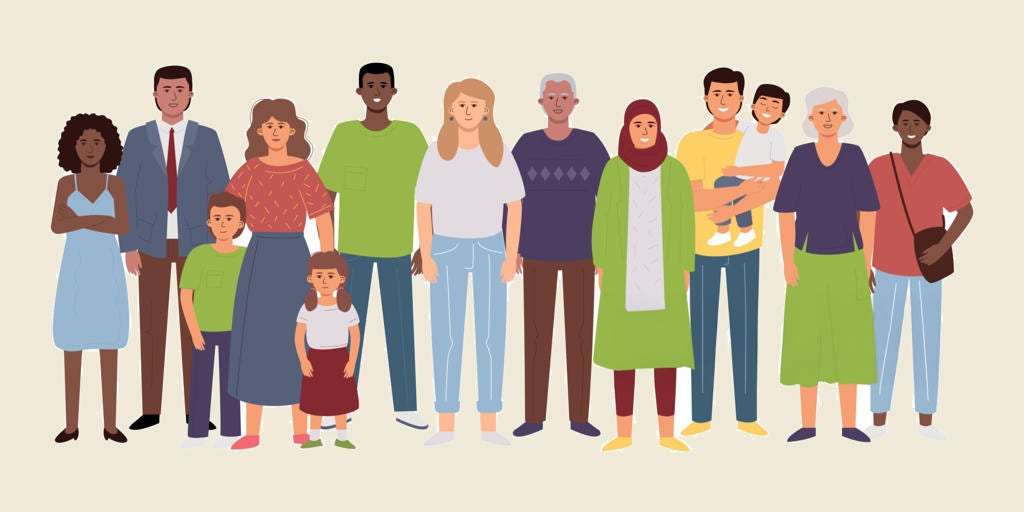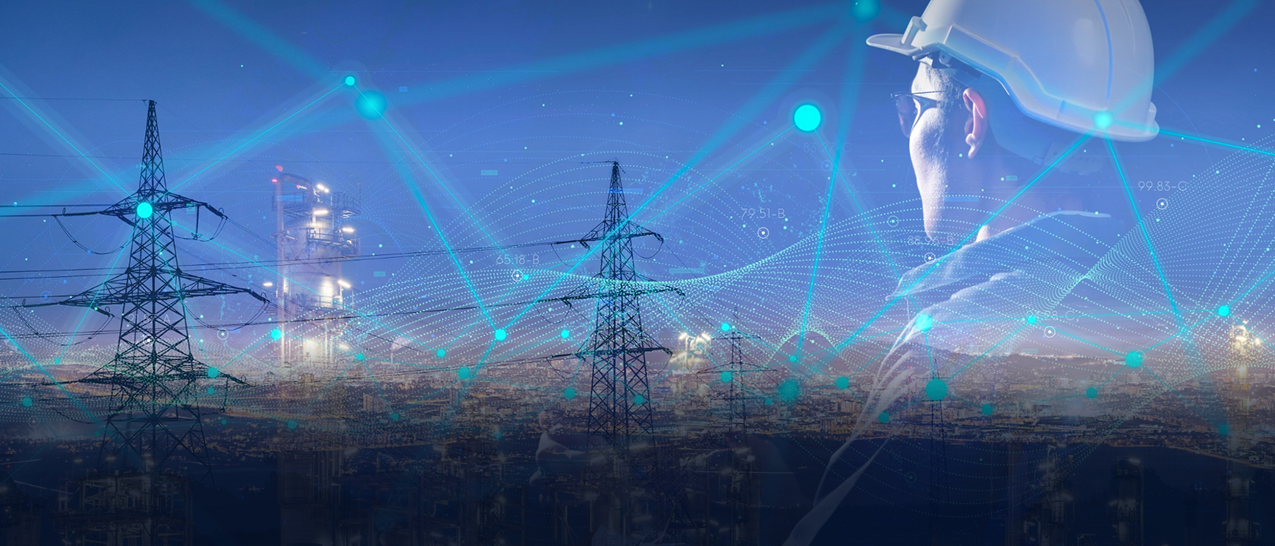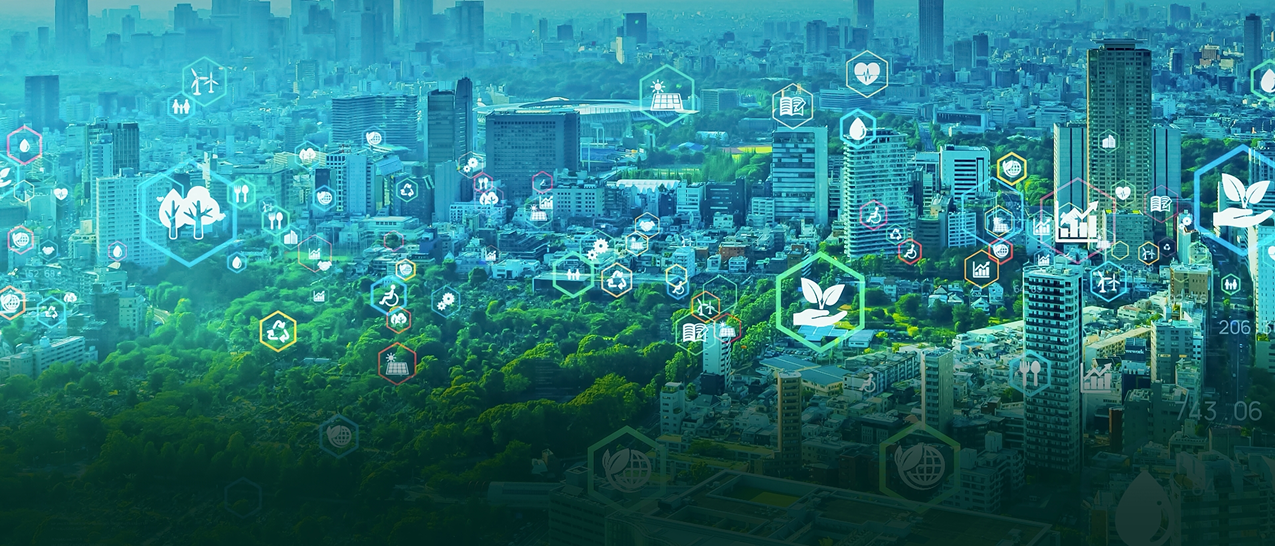

Southeast Asia Matters
As one of the most vibrant regions in the world, Southeast Asia houses 20% of the world’s biodiversity and 10% of the world’s population.
Population will grow from
640M to 721M
by 2030
The middle class will grow from
135M to 334M
by 2030
Nearly
70%
will live in urban areas by 2050
Southeast Asia is bursting with the potential to become an economic powerhouse. The region houses a young workforce, a growing middle-class and a good share of the world’s biodiversity.
However, the region is also facing a swathe of challenges attributed to climate change. Estimates reveal an escalating growth in carbon dioxide emissions by 60% come 2040.
The Challenge Of Climate Change

86%
Wastewater left untreated, the lowest treatment rate globally

85%
Total primary energy supply from non-renewable sources

60%
Increase in CO₂ emissions by 2040

3000M
Tonnes of waste volume by 2030
Economic Potential For Sustainable Development By 2030*

US $270 Billion
Energy & resources

US $200 Billion
Industries & logistics

US $185 Billion
Urban cities
*in annual economic opportunities
Multiple avenues are available for the region to lower its carbon dioxide emissions, such as prioritising renewable sources of energy or optimising the urban environment in our cities. The economic opportunities of these sustainable solutions are more than capable of providing jobs for multiple generations in the near future.
Sustainable Development Is In Our Hands
5 areas where Southeast Asia can prioritise to lower around 60% CO2 emissions

Forest conservation

Renewable sources of energy

Built environment

Mobility & transport

Sustainable farming
ASEAN aims to secure 23% of its primary energy from renewable sources by 2050.
Hitachi believes in powering good through social innovation and technological progress. Where advanced IT meets OT, also known as operational technologies, sits a nexus of infinite possibilities we tap on to improve society.
The way forward will be illuminated by the hopes of millions of Southeast Asians. Hitachi will support them as they forge a sustainable future for the region. With over 30 years of presence in this region, we cherish the opportunity to offer our technologies to improve society and the lives of Southeast Asians, now and in the future.
References
- https://www.bain.com/insights/southeast-asias-green-economy-pathway-to-full-potential/
- https://connectivity.asean.org/resource/trashing-it-out-waste-management-in-asia/
- https://www.bain.com/globalassets/noindex/2022/bain-temasek-sea-green-economy-2022-report-investing-behind-the-new-realities.pdf
Date of Release: November 2022










